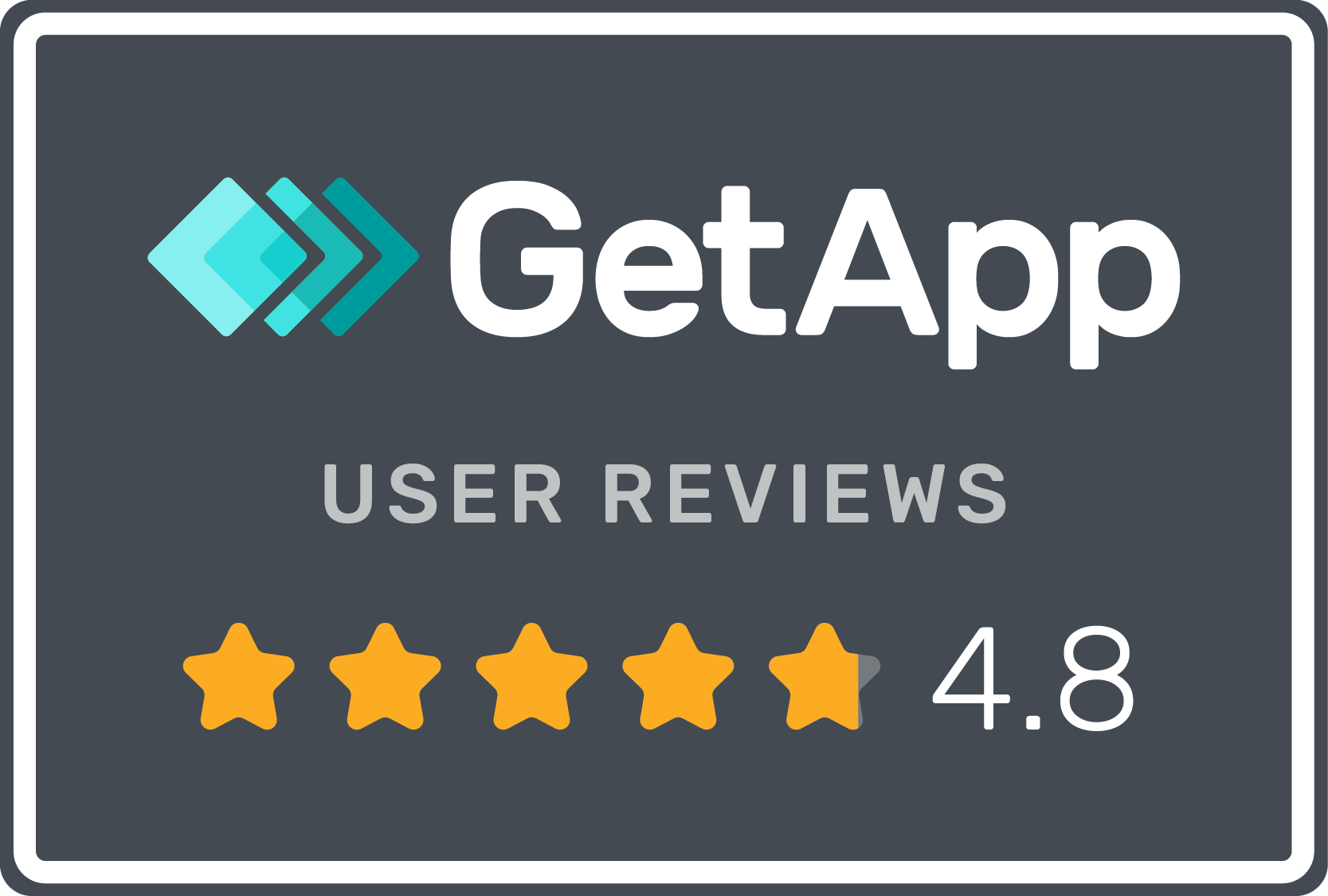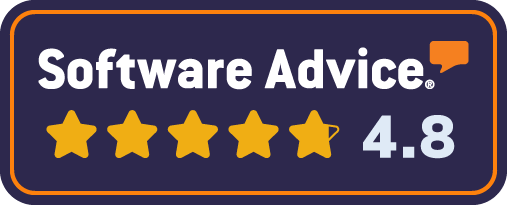We’re all media companies now

Have you ever read a press release?
How often have you thought: “How boring? Where are the pictures? Do I really need to read all that footer junk—the sign-off information and legalese?”
It’s a truly horrible, uninspiring experience for the reader.
Now take a look at social media leaders like Facebook, Instagram, Twitter, and others. They’ve developed, for better or worse, a compelling and addictive reading experience.
In essence, all the commercial messaging on these platforms is doing the same thing as a press release—providing official information from the company/brand, albeit in bite-sized chunks.
Isn’t it time the folks creating and distributing press releases and brand stories learned how to make the content more attractive, digestible, and maybe even addictive?
What could this look like?
Start with visuals
Every press release should include a relevant visual (image, video, or graphic). There’s almost no reason not to include one—except laziness or outdated PR platforms.
Fact: People want visuals and pay much more attention to articles, posts, and releases when visuals are included.
Shorter releases
Twitter nailed short-form communication with 140 characters. Most press releases could benefit from dropping fluff and marketing jargon to fit this format, linking out to longer-form content if needed.
How about video?
TV news figured out long ago that people prefer video over reading. Many tech companies are now releasing videos for product launches and updates. Here’s a great example from HubSpot.
How about a podcast?
Brands are increasingly using podcasts to engage audiences. Services like Wistia Podcasting make recording and managing podcasts simple. Podcasts are convenient for listeners and easy to distribute via a brand’s media center.
Webinars
Webinars and virtual conferences are on the rise. After-event recordings should be made available on-demand in your media center for those who missed the live session.
Build your own media center or channel
A media center is an outlet for your brand’s messaging. Combine traditional press releases with short-form stories, images, podcasts, and videos into a single channel.
Social media is crowded and competitive. Consider building your own media channel or brand portal where you can control the narrative and keep your audience’s attention.
Marriott Hotels: A case study
Marriott famously claimed, “We’re a media company now.”

Marriott’s success stems from consistently producing high-quality, on-brand content and creating a content channel they control.
You can use tools like Brandkit to build a brand portal or media center, distribute content, and build your audience. Focus on the content—stories, images, videos—not just the website design.
More reading
- ‘We’re a Media Company Now’: Inside Marriott’s Incredible Money-Making Content Studio
- HubSpot Product Update May 2021 edition
- VisitScotland Media Centre
I’m David Vaassen, founder/CEO at Brandkit. These thoughts are my own. 🤔
We're all media companies now
When it comes to content marketing we need to start thinking like a media company, and producing content for our audiences.

